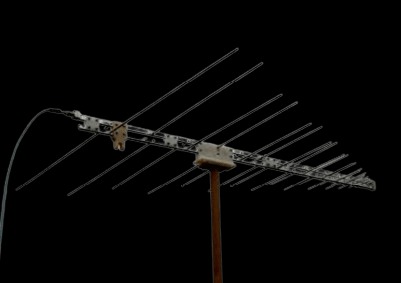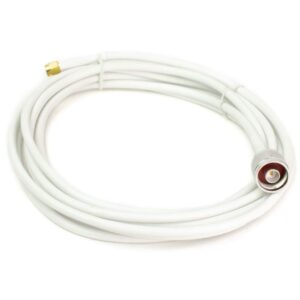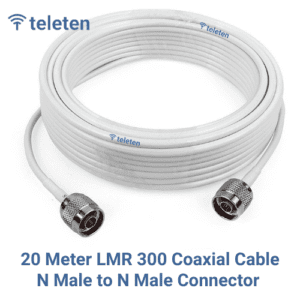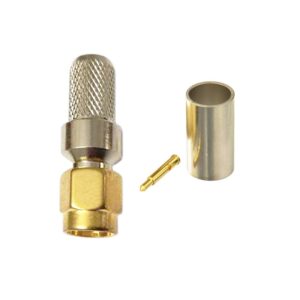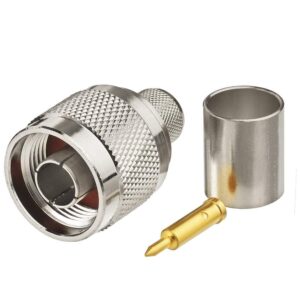Key Features:
Wide Frequency Range:
Coverage: The 100-4000 MHz range spans from VHF through UHF and into higher frequencies, making the antenna suitable for a variety of applications across a broad spectrum.
Bandwidth: Offers effective operation across the entire range, which is ideal for applications needing wide frequency coverage.
Directional Pattern:
Directional Radiation: Provides a focused beam in one direction, which helps in improving signal reception and transmission in that direction.
Gain: Generally offers moderate to high gain, which enhances signal strength and extends range.
Impedance Matching:
Design: Typically designed to match a 50-ohm impedance, which is standard for most RF equipment. Some models may be designed for 75-ohm systems.
Broadband Performance:
Consistent Performance: Maintains good performance characteristics across its wide frequency range, including gain and directivity.
Design Specifications:
Frequency Range: 100-4000 MHz
Element Lengths: Elements are designed to be a fraction of the wavelength for various frequencies. Longer elements are used for lower frequencies, and shorter elements for higher frequencies.
Element Spacing: The spacing between elements increases logarithmically. This design helps in maintaining performance across the broad frequency range.
Element Configuration:
Driven Element: The driven element is where the feed line connects and is crucial for the antenna’s performance.
Reflectors and Directors: The number and arrangement of reflectors and directors are optimized to enhance gain and directivity.
Materials:
Elements: Typically made from lightweight, corrosion-resistant materials like aluminum or stainless steel.
Boom: The boom that supports the elements is often made from strong, lightweight materials such as aluminum or fiberglass.
Feed Point:
Impedance Matching: Designed to match the impedance of the feedline (usually 50 ohms) to ensure efficient power transfer and minimize SWR (Standing Wave Ratio).
Construction and Installation:
Assembly:
Elements and Boom: Assemble the elements onto the boom according to the design specifications. Proper alignment and secure attachment are crucial for performance.
Feed Line: Connect the feed line to the driven element. Use high-quality coaxial cable to minimize signal loss.
Mounting:
Pole or Mast Mount: Secure the antenna to a mast or pole. Ensure that it is mounted securely and aligned correctly for optimal performance.
Height: Mount the antenna as high as possible and away from obstructions to enhance its performance.
Tuning and Testing:
SWR Measurement: Measure the SWR across the frequency range to ensure it is within acceptable limits. Adjust the antenna or matching network if necessary.
Performance Testing: Test the antenna’s performance to verify that it is operating effectively across the entire frequency range.
Applications:
Telecommunications: Suitable for cellular networks, including 3G, 4G, and 5G, due to its wide frequency coverage.
Broadcasting: Useful for receiving and transmitting TV and radio signals across VHF and UHF bands.
Amateur Radio: Ideal for amateur radio operators needing a versatile antenna for various frequency bands.
Signal Monitoring: Effective for monitoring a wide range of frequencies, including those used by public services and communication systems.
Maintenance:
Regular Inspection: Periodically check the antenna for signs of wear, damage, or corrosion, especially if it is installed outdoors.
Cleaning: Clean the elements and feed point to maintain performance and extend the antenna’s lifespan.

